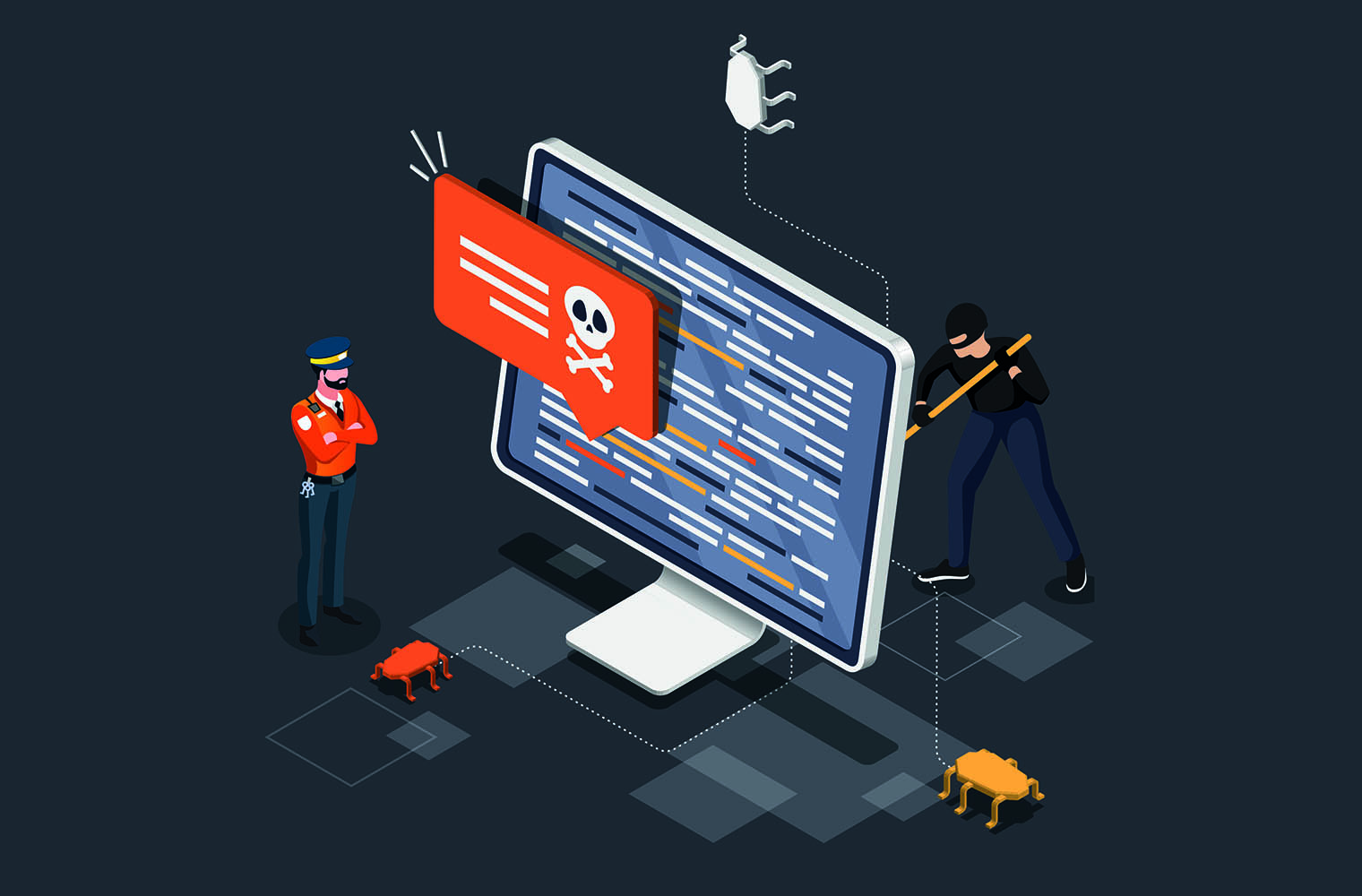Content everywhere means piracy everywhere

Posted on Mar 22, 2020 by David Davies
As rights holders work to reach more platforms with more content than ever, a multi-pronged approach to security is essential
The statistics make for disturbing reading. According to a recent report by Digital TV Research, the cost of online streaming piracy is on course to hit $52 billion by 2022. TV-orientated content and the latest movie releases will account for around 70% of unlawful content consumption, while the US, Russian Federation, Brazil, India and UK can expect to have dubious distinction of being the countries with the most enthusiastic consumers of illegal piracy websites.
Despite the alarm, Karl Petermichl, technical director of Austrian public service broadcaster ORE, believes that the situation in Europe is relatively “calm and stable” – for now, at least. New mass-appeal OTT services have given viewers access to “a broad range of content by means of relatively cheap subscriptions”, while social media sites such as YouTube have had some access by implementing fraud discovery mechanisms, often in collaboration with broadcasters.
In a more complex service environment, consumers could be more inclined to use illegal services
Escalating rights fragmentation in sports – in some ways a direct consequence of the OTT boom as federations start to go direct to consumers – is likely to be among the main reasons this stability will be short-lived. In a more complex service environment, hints Petermichl, consumers could be “more inclined to use illegal sources again”.
Counterfeit sites will become more credible in posing as legitimate services, while a fragmented market may mean “people care less again about peer-to-peer activity and account credential-sharing”.
“Broadcasters seeking a secure future should be placing importance on the development of long-term content protection strategies that are executed across platforms and formats,” advises Karl Petermichl.
In ORF’s own case, fulfilling their obligations towards the licence holders where they buy their content involves conditional access for satellite and terrestrial viewing, contracts on cable and IPTV services, and DRM mechanisms for streaming and OTT platforms.
“We are currently looking again at audio and video watermarking solutions, to have some ground in case we have to submit a copyright infringement claim in the future,” says Petermichl.

Fast-rising threats
Considering how newer content creators should approach the development of an anti-piracy strategy, Frank Poppelsdorf, VP of product management Irdeto, says,
“It is important to take a holistic view and not believe piracy is something that can be controlled by investing in a single project. Preventing piracy is an ongoing battle, one that all content creators should prioritise investing in from the start. Working with a specialist cybersecurity firm can provide streaming platforms with the full set of security services necessary to work in an integrated fashion, such as watermarking and piracy detection.”
In a more complex service environment, consumers could be more inclined to use illegal services
Nonetheless, Poppelsdorf readily highlights illegal distribution of both live and on-demand VOD content as the fastest-growing security threat faced by broadcasters in 2020.
He continues: “Unfortunately, it has become all too easy for pirates to rip content through mobiles and HDMI ports, and re-transmit it over the open internet. Without robust online piracy solutions in place, identifying and removing pirated content is a task almost impossible to keep on top of.
“More traditional piracy methods like control word sharing, though they’re still ongoing, are becoming less of a threat as the world becomes increasingly connected. That isn’t to say the problem has totally disappeared, as well-funded operations like BeOutQ are continuing to use illegal methods to gain access to content, proving this is still an issue in certain markets.
Pierre-Alexandre Bidard, VP of partnerships and security product management at Viaccess-Orca identifies the advent of more exclusive content, improved bandwidth, and OTT services that “address a large heterogeneity of devices (especially in terms of security)” as among the reasons that “video piracy today is bigger than ever”.
Bidard identifies the three primary threats at present as: the illegal availability of content through links farms, social networks and cybrelocker sites; multiple types of restreaming, including bringing illegal set-top boxes to the market to access a large choice of premium live content and video from illegal PTV offerings; and viewers who employ a VPN connection to stream or download content from other geographical territories.
Like Poppelsdorf, Bidard indicates that a combined approach is likely to reap the greatest rewards, and points to the popularity of watermarking in tandem with its Eye on Piracy service.
“The service provides an automated way to crawl the web, identify content theft, and help remove them from websites and social networks. In one Asian country where there was no prior cleaning of illegal streaming, the operator observed a 25% subscription increase over the first quarter once our service was running.”

Threat to employment
Ian Munford, director of product marketing at Akamai, points to a recent report by the Global Innovation Policy Center that contrasts the 927,000 supported by the US movie and television production and distribution industry with the potential loss of 223,000 to 541,000 jobs due to digital video piracy – primarily of US content by non-US residents.
Looking ahead, he anticipates that the licensing windows pertaining to sports, in particular, will become increasingly critical as rights holders make more decisions about contracts based on those who – for whatever reason – do not necessarily have this as their top priority. So it is hoped that the current prominence of piracy in media coverage, and the steps that many are taking will have an impact in terms of encouraging everyone to raise their game.
This article first appeared in the March 2020 issue of FEED magazine.











